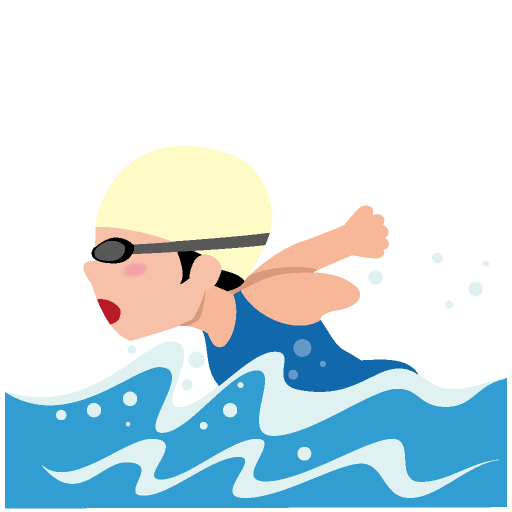
About para swimming!
Share
Hello.
It's gotten really cold all of a sudden. Your body will get cold too, so it's important to take good care of your health.
There will also be many games coming up in the winter, so make sure to practice hard so you can aim for good times!
Now, this time I'd like to talk about para swimming.
I'm sure you know about Paralympics, but you may not be sure how the sport is carried out.
This time, I had the opportunity to connect with a para swimmer, who taught me about his training.
I'd like to explain a little about para swimming, which not many people know much about.
From next time onwards, I will gradually upload videos of my practice and swimming!!
First of all, para swimming features swimmers with functional, visual, and intellectual disabilities, but because each swimmer has a different type and level of disability, they are classified into pre-defined classes and compete against each other to determine rankings.
Athletes with lower limb disabilities are allowed to start from underwater as diving is difficult for them.
Participants include people with a variety of disabilities, including physical, intellectual and visual impairments.
Therefore, depending on the degree of disability, the use of assistive devices and assistance with the start by a coach are permitted.
Now, about classification.
Please see the table below. It is easy to understand.

You can also see that the number of events in competitive swimming is increasing.
Next, the way you touch the goal and how you perceive the wall will also be different.
There is something called "tapping" that supports visually impaired athletes.
An essential skill in the visually impaired classes is the "tapping" technique, which alerts blind athletes to the walls.

In the totally blind class ( S11 ), this is mandatory for safety reasons, and in Japan, the athlete is signaled by tapping his or her head or forehead on the wall in front of the wall, and the athlete turns based on this signal.
In fact, there are no rules regarding "tapping bars," and Japan uses handmade tapping bars made by modifying flexible fishing rods. Due to their high level of perfection, they often receive inquiries from overseas teams.
Diving is also different.
Starting from underwater
Athletes whose disabilities make it difficult for them to dive are allowed to start from underwater.

Starting with equipment
Athletes who are unable to use the starting grip can use belts or attachable devices to support themselves.

Athletes who are unstable will receive support and assistance from coaches to stabilize their bodies when diving.
Additionally, hearing-impaired athletes cannot hear the starting signal.
To ensure that the timing of the start is clear, the starter uses creative gestures and signals.
There are a wide variety of swimming styles!
Each swimmer designs their own form based on the swimming style that best suits them.
If you watch the competitions, you'll see that even in the same class, there are people who swim in completely different ways.
Para swimming is not something you can see very often, but it may be broadcast on TV during the Olympics, so be sure to check it out!
I also think there are some aspects of it that can be applied to competitive swimming.
Try adding this to your knowledge!!
I will also post an update on how to use the tools.
Please look forward to it ♪♪
There are many different ways to look at para swimming.
Take a look and see how they swim.
